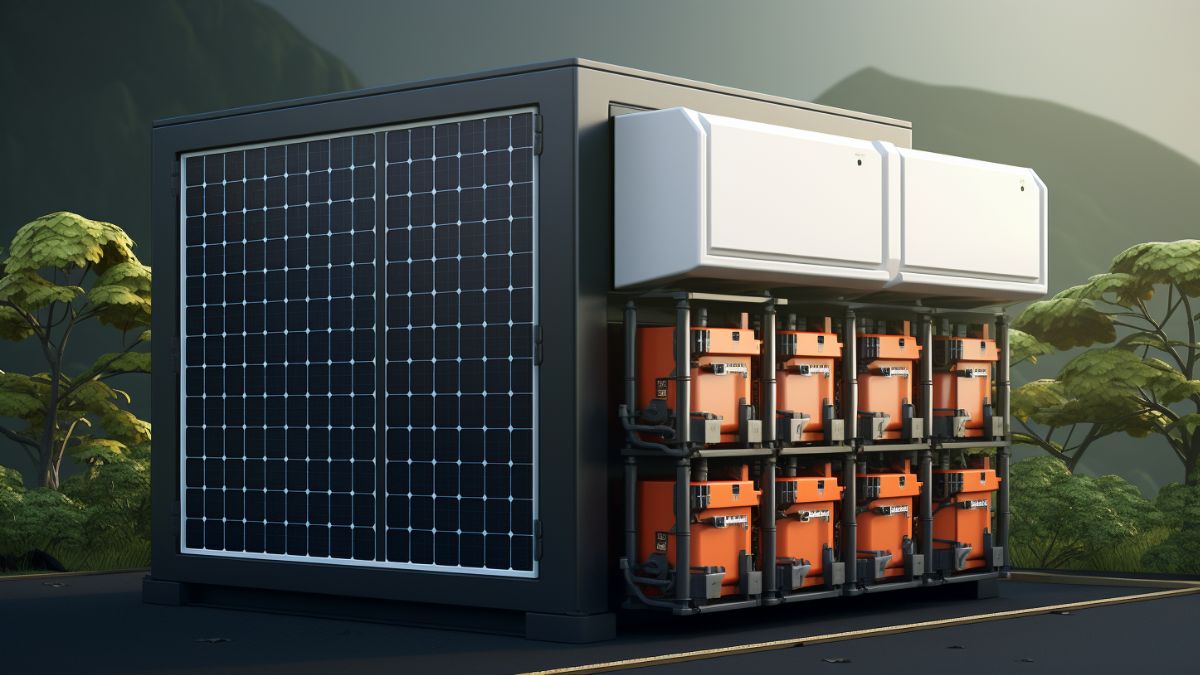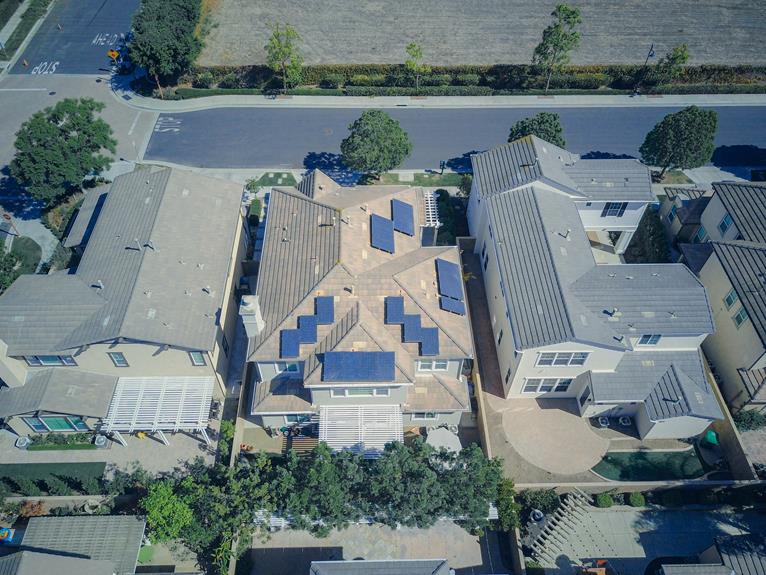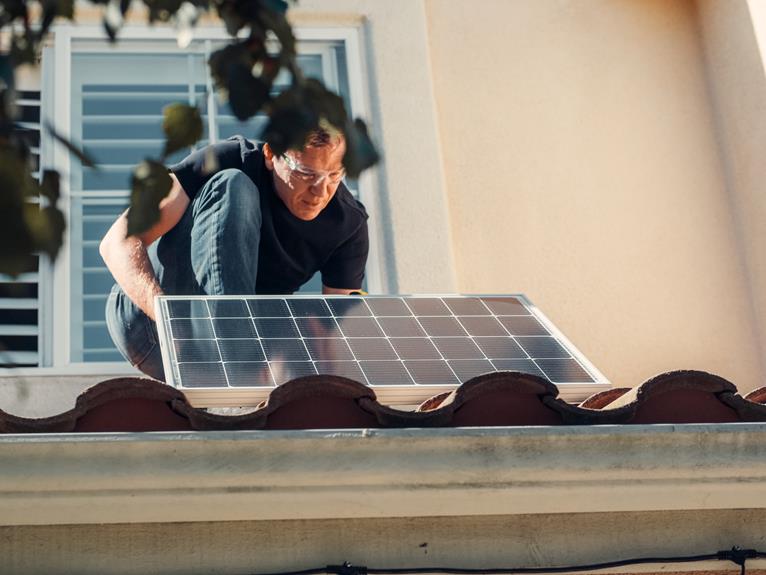4 Best Storage Solutions for Solar Power Generation
Did you know that solar power generation is expected to increase by 16% annually over the next five years? If you’re looking for efficient ways to store this renewable energy, we’ve got you covered. In this article, we’ll explore the four best storage solutions for solar power generation.
Whether you’re a homeowner or a business owner, these solutions will help you make the most of your solar power system. Let’s dive in!
Key Takeaways
- Lithium-Ion Batteries: High energy density, compact size, long lifespan, reliable for long-term use, concerns about environmental impact.
- Pumped Hydro Storage: Minimal environmental impact, no greenhouse gas emissions or air pollution, long lifespan, cost-effective for large-scale storage, high round-trip efficiency.
- Flow Batteries: Greater energy capacity, scalability for different solar power systems, longer lifespan compared to other batteries, continuous advancements in efficiency, reliable and efficient storage solution.
- Thermal Energy Storage (Phase Change Materials): High energy density, small volume, cost-effective, reliable for longer storage durations, continuous and sustainable energy supply.
Lithium-Ion Batteries
When it comes to storing solar power, one of the best options for you to consider is using lithium-ion batteries. These batteries offer several advantages that make them an ideal solution for your solar power storage needs.
One of the main advantages is their high energy density, which means they can store a large amount of energy in a compact size. This is particularly important for residential solar power systems where space may be limited.
Additionally, lithium-ion batteries have a long lifespan and can withstand frequent charge and discharge cycles, making them a reliable option for long-term use.
However, it’s important to note that lithium-ion batteries also have some disadvantages. They can be expensive, and there are concerns about their environmental impact during the manufacturing and disposal processes.
Nevertheless, the advantages of lithium-ion batteries make them a viable and efficient option for storing solar power.
Pumped Hydro Storage
To continue the discussion on storage solutions for solar power generation, another option to consider is pumped hydro storage. Pumped hydro storage is a widely used and proven technology for storing energy. It involves pumping water from a lower reservoir to a higher one during periods of low electricity demand, and then releasing the water back down through turbines to generate electricity when demand is high.
One of the key advantages of pumped hydro storage is its minimal environmental impact. It doesn’t produce any greenhouse gas emissions or air pollution, and it doesn’t rely on the use of rare or toxic materials. Additionally, the technology has a long lifespan and can provide reliable energy storage for decades.
In terms of cost analysis, pumped hydro storage can be a cost-effective solution for large-scale energy storage. While the initial investment for building the infrastructure can be significant, the operational costs are relatively low. The technology also has a high round-trip efficiency, meaning that it can efficiently store and release energy.
Flow Batteries
Flow batteries are a promising option for storing solar power because of their ability to provide long-duration energy storage. Here’s why advancements in flow battery technology and their economic viability for solar power storage make them a worthwhile consideration:
- Greater energy capacity: Flow batteries can store a large amount of energy, allowing for longer durations of power supply.
- Scalability: These batteries can be easily scaled up or down to match the energy storage needs of different solar power systems.
- Long lifespan: Flow batteries have a longer lifespan compared to other battery technologies, making them a more sustainable and cost-effective option in the long run.
- Enhanced efficiency: Continuous advancements in flow battery technology have improved their overall efficiency, resulting in higher energy conversion rates and reduced energy losses.
With their ability to store energy for extended periods, the economic viability and technological advancements in flow battery technology make them a reliable and efficient storage solution for solar power generation.
Thermal Energy Storage
Thermal energy storage offers an efficient solution for storing solar power. By utilizing phase change materials or molten salt storage, excess solar energy can be stored and used when needed.
Phase change materials, such as paraffin wax or hydrated salts, absorb heat during the melting process and release it when they solidify. This enables them to store a large amount of thermal energy in a small volume.
On the other hand, molten salt storage involves heating a mixture of salts to high temperatures, which can then be used to generate steam and produce electricity. This method allows for longer storage durations and higher energy densities.
Both phase change materials and molten salt storage provide reliable and cost-effective options for storing solar power, ensuring a continuous and sustainable energy supply.
| Phase Change Materials | Molten Salt Storage |
|---|---|
| High energy density | Longer storage |
| Small volume | durations |
| Cost-effective | Reliable |
| Sustainable | |
| energy supply |
Conclusion
In conclusion, when it comes to storing solar power, there are several top solutions to consider:
- Lithium-ion batteries
- Pumped hydro storage
- Flow batteries
- Thermal energy storage
These storage options offer efficient and reliable ways to store excess solar energy for later use. By harnessing the power of these innovative technologies, we can unlock the full potential of solar power generation and pave the way for a sustainable and energy-independent future.
It’s time to embrace these storage solutions and embark on a brighter tomorrow.






